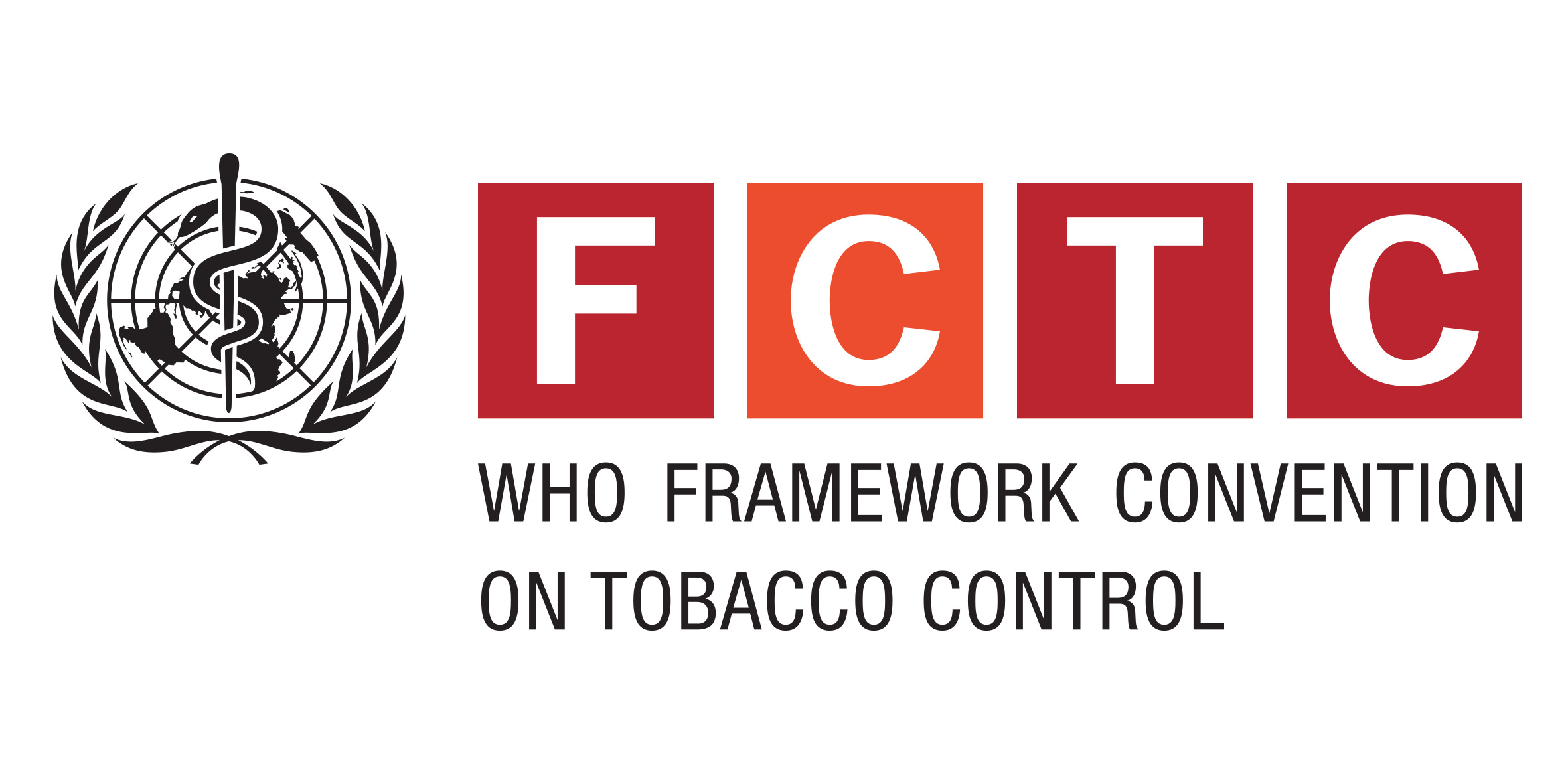Journal Article
Print(0)
Chemosphere
Chemosphere
10-Aug
163
73
80
LR: 20160813; CI: Copyright (c) 2016; JID: 0320657; OTO: NOTNLM; 2016/06/07 [received]; 2016/08/01 [revised]; 2016/08/02 [accepted]; aheadofprint
1879-1298; 0045-6535
PMID: 27521641
ENG
JOURNAL ARTICLE
S0045-6535(16)31035-9 [pii]
Unknown(0)
27521641
Potassium permanganate (KMnO4) preoxidation is capable of affecting the formation of disinfection by-products (DBPs). However, few studies have focused on the toxicity of DBPs after KMnO4 preoxidation, which is an important index to evaluate alternative treatment processes. Herein genotoxicity (SOS/umu test) was used to clarify the impact of KMnO4 preoxidation on the chlorination byproducts produced from two representative precursors, tyrosine (Tyr) and 2-hydroxy-4-methoxybenzophenone-5-sulfonic acid (BP-4), and their mixture. Results revealed that although KMnO4 could not oxidize BP-4, after chlorination KMnO4 could oxidize the chlorination byproducts of BP-4 and thus decrease the genotoxicity production. For Tyr, KMnO4 preoxidation could increase or decrease the genotoxicity of DBPs, depending on the KMnO4 dose. The optimal initial molar ratio of KMnO4 to Tyr was confirmed to be 1:1. It has been proved that both the oxidation of Tyr by KMnO4 and manganese dioxide (MnO2, the reduction product of KMnO4) and the oxidation of chlorination byproducts by MnO2 can decrease the genotoxicity production of chlorinated Tyr. Remarkably, during chlorination, the competition of manganese(II) oxidation with organic oxidation can result in less chlorine reacting with organics, to induce an increase in genotoxicity. This is the main cause for the increase in genotoxicity of chlorinated Tyr after KMnO4 preoxidation. Additionally, the genotoxicity of the chlorinated mixture was shifted from being higher than the sum of individual genotoxicities of the chlorinated precursors to being lower than their sum with increasing KMnO4 dosage, due to the combined effects between the preoxidation-chlorination products from the two compounds.
Elsevier Ltd
Chang,Y., Bai,Y., Qu,J.
Key Laboratory of Drinking Water Science and Technology, Research Center for Eco-Environmental Sciences, Chinese Academy of Sciences, Beijing, 100085, China; University of Chinese Academy of Sciences, Beijing, 100049, China.; Key Laboratory of Drinking Wa
20160810
http://vp9py7xf3h.search.serialssolutions.com/?charset=utf-8&pmid=27521641
2016

